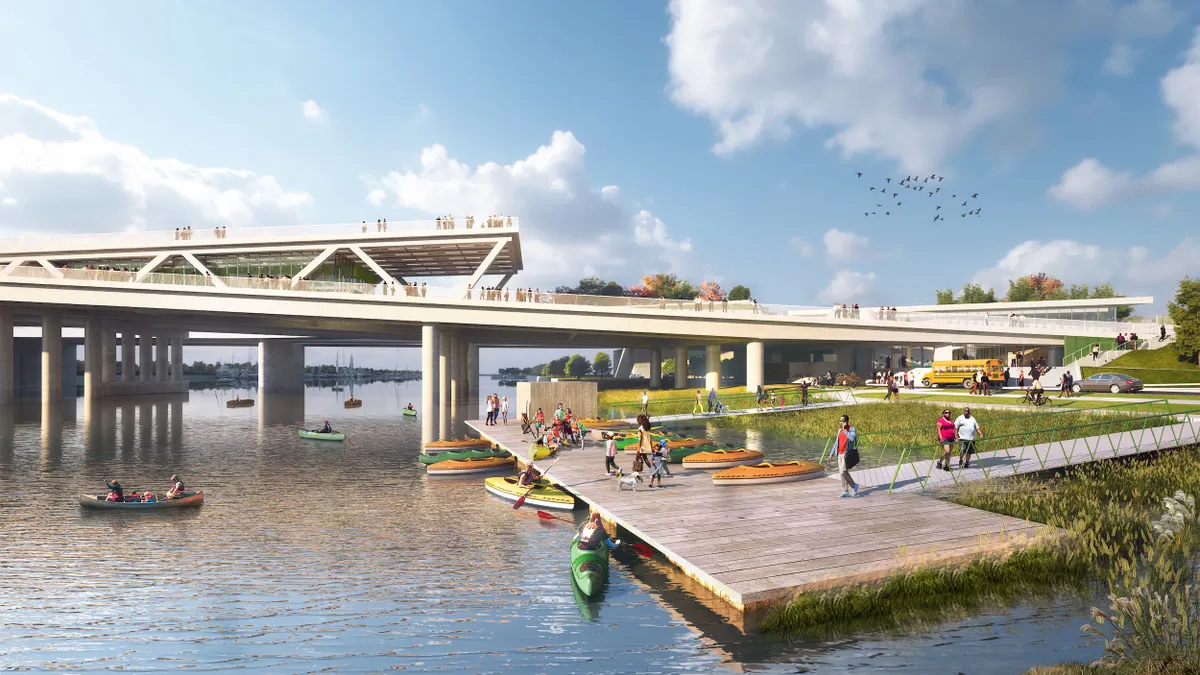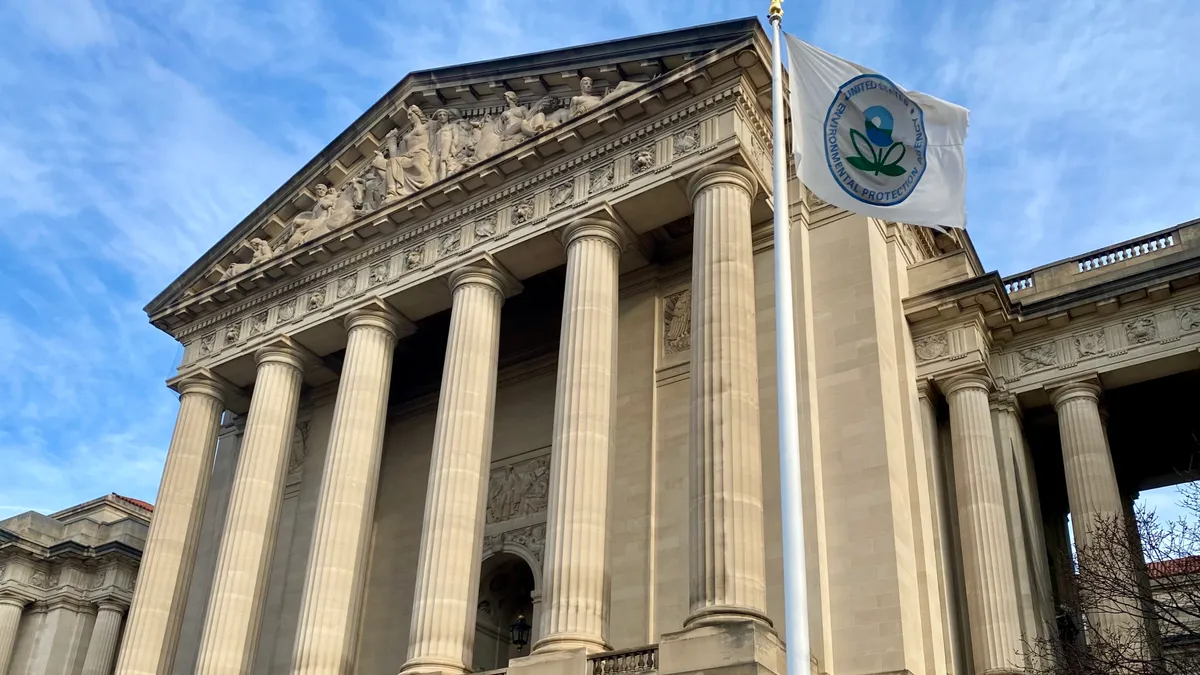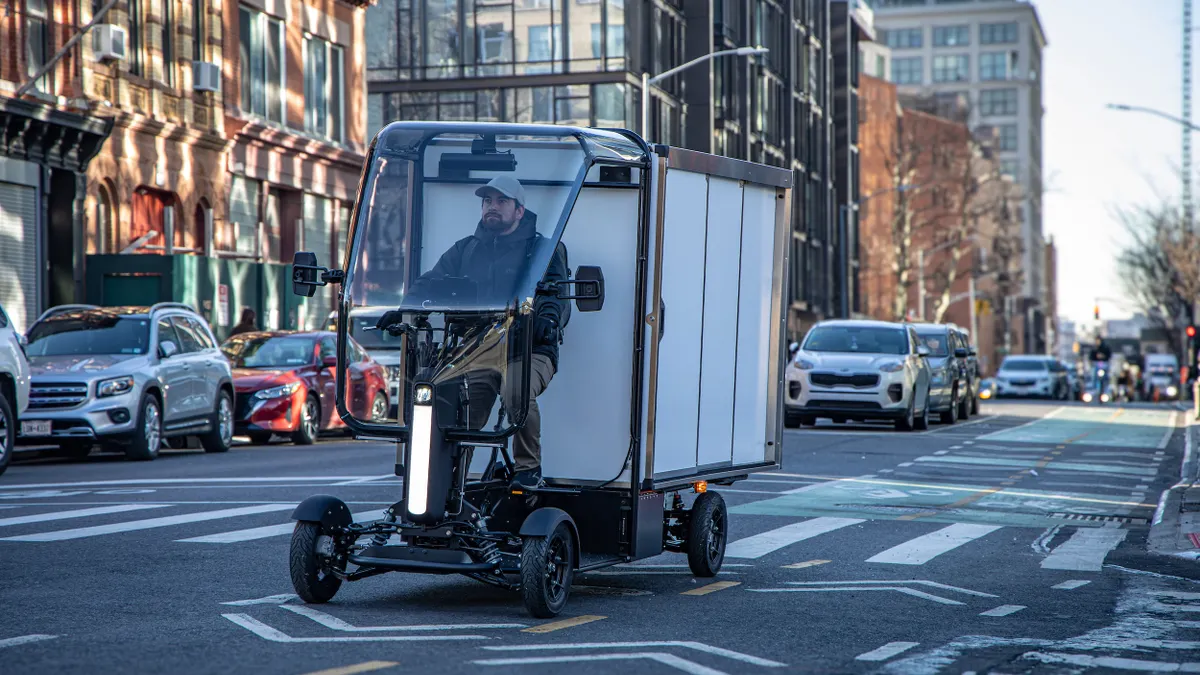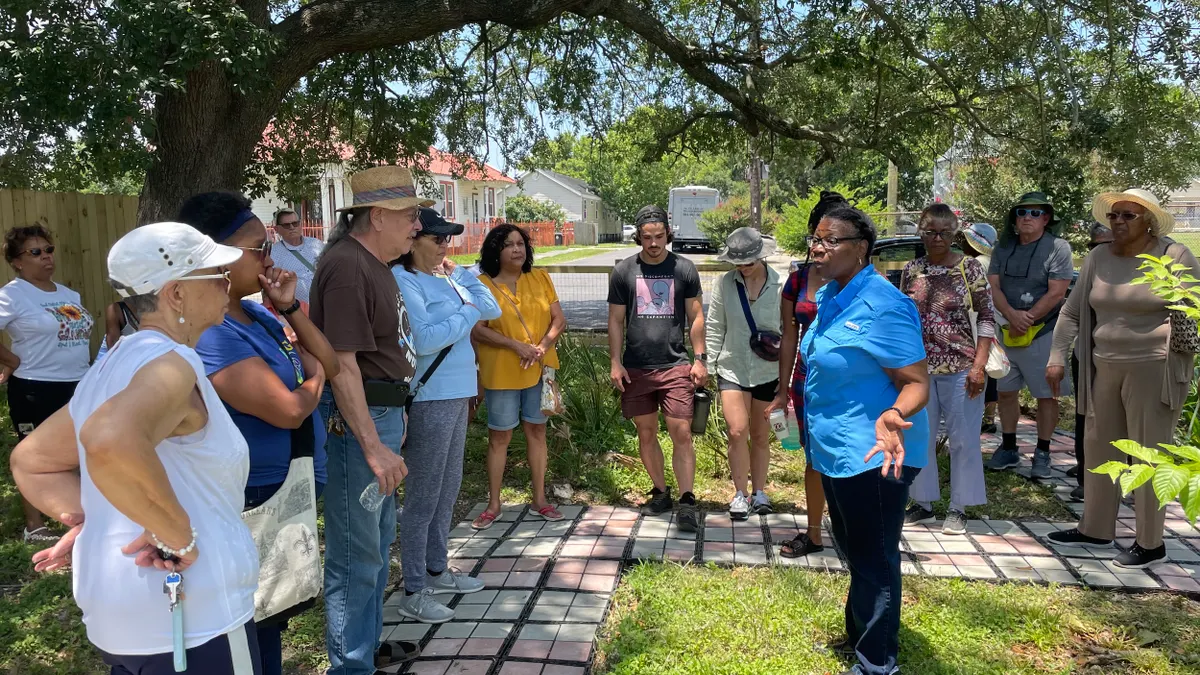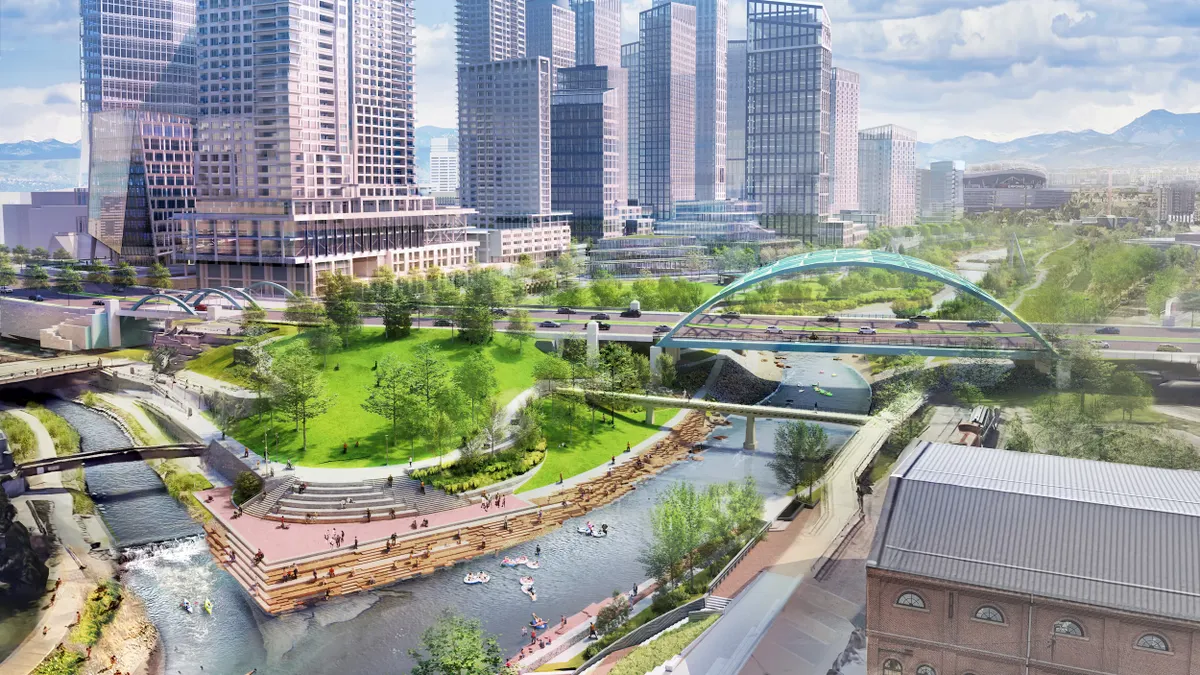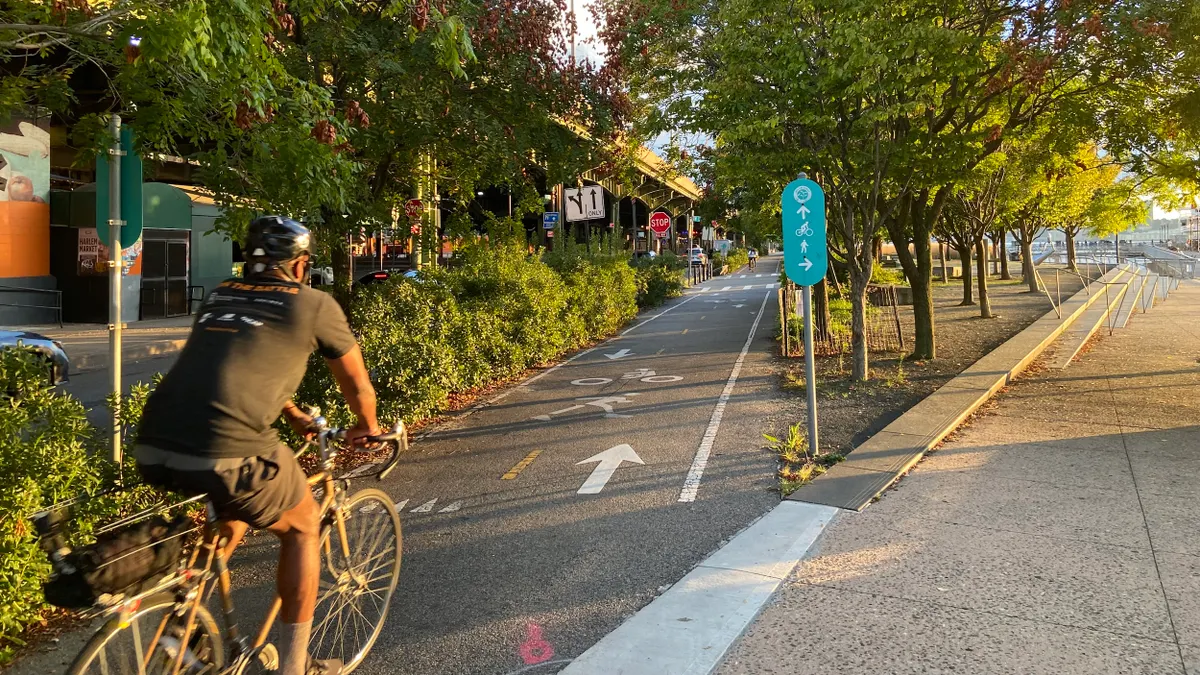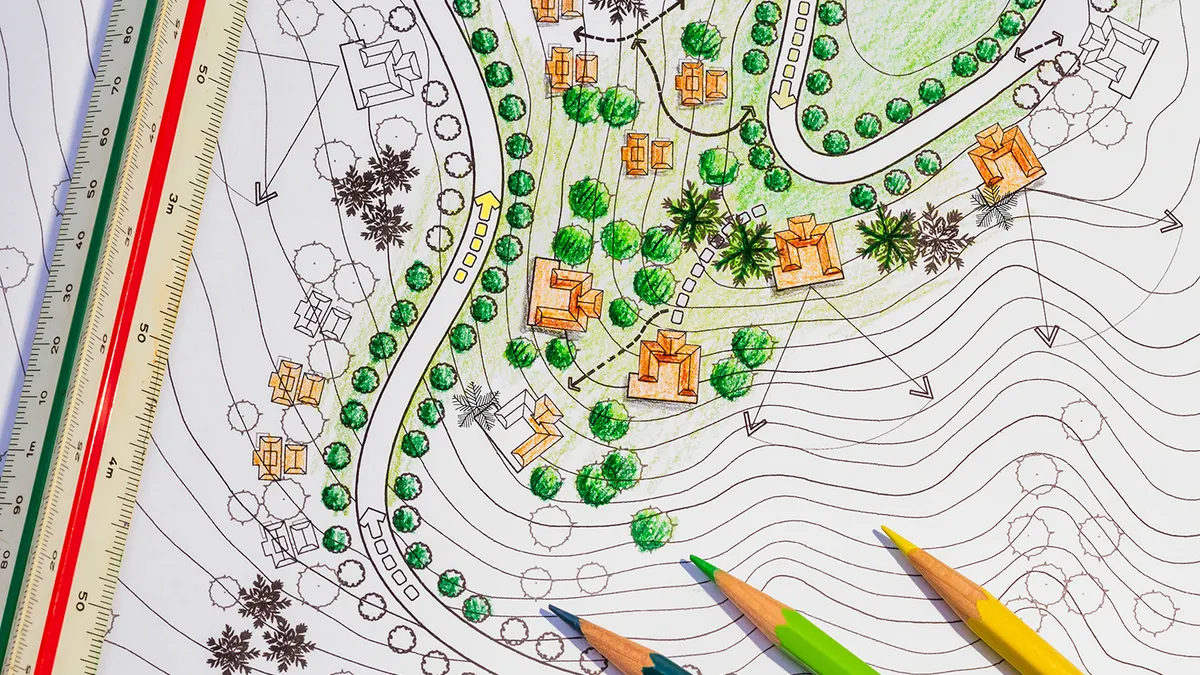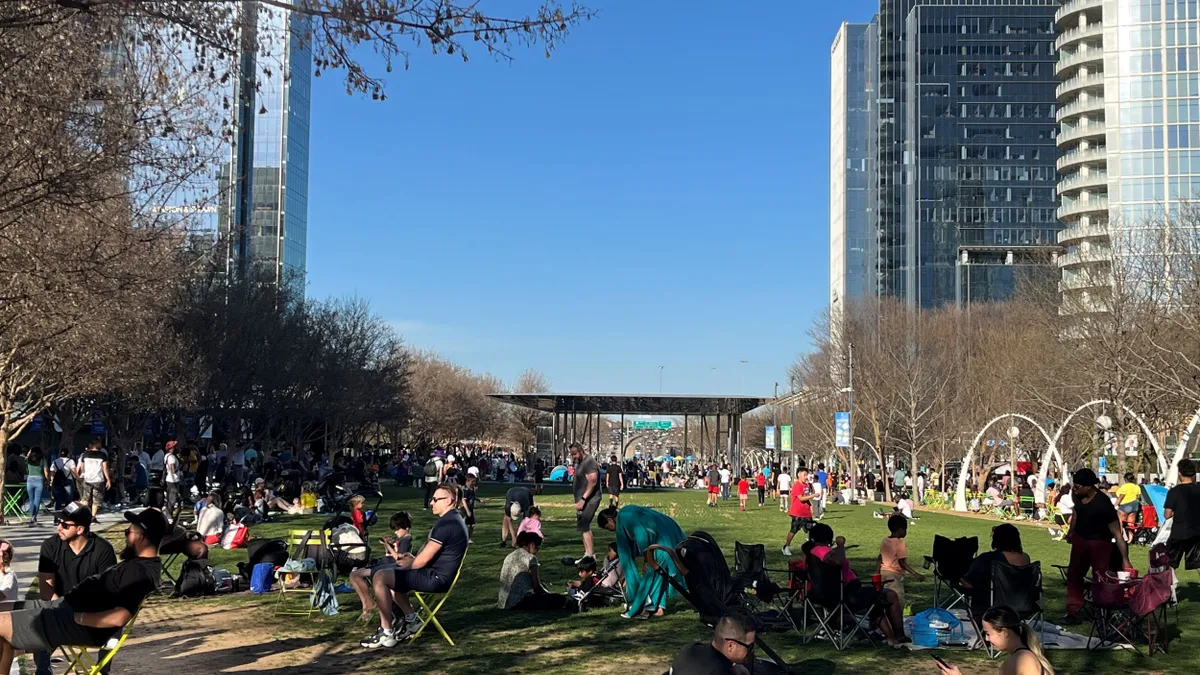Scott Kratz is the president and CEO of Building Bridges Across the River and the founding director of the 11th Street Bridge Park, an urban reuse project that’s turning abandoned bridge piers into a state-of-the-art public space.
Across the country, cities of every size are under pressure from strained budgets and growing uncertainty about whether they can sustain projects that help their communities thrive. In moments like these, it can feel impossible to imagine launching something bold. But lasting development rarely comes from the top down, and it doesn’t wait for perfect conditions.
In Washington, D.C., we’ve seen this with the 11th Street Bridge Park, a transformative project I founded in 2011 to turn a defunct bridge over the Anacostia River into a vibrant civic space filled with green space, cultural programming and community amenities.
When the project first began, we had no designs or money. Just the idea that, instead of sitting unused, this abandoned highway could become a powerful connector built by the community. Even then, it was clear that the only way this project would succeed was through constant conversation with the people it was meant to serve.
More than 14 years and 1,000 community meetings later, we have a community-built design for the park. Every feature reflects resident priorities, and that ownership, built through steady communication and trust, is carrying us towards a groundbreaking in early 2026.
The lessons we’ve learned here can work anywhere in the country and are already guiding projects in Baltimore, Philadelphia, Los Angeles, Detroit and Buffalo, New York.
From our experience, the most important takeaways aren’t about architecture or budgets — they’re the principles of engagement that carried the Bridge Park forward through countless delays, political leadership changes and economic challenges. Here are our top takeaways to turn vision into reality in your city.
Meet people where they are.
In Southeast D.C., our community is remarkably diverse. Rather than narrowing those voices or elevating just a few, we worked to recognize and respect the full spectrum of perspectives, even when it meant having hard conversations.
This inclusivity is visible everywhere in the park’s design. For example, by placing most programmatic activity on the historically under-resourced east side of the park, we are drawing visitors to businesses there, helping to mend the historic divide between the two sides of the river. Residents also spoke about health disparities, so the park will feature urban agriculture gardens and recreational play areas. These aren’t aesthetic add-ons — they are deliberate responses to food insecurity, a lack of safe outdoor spaces and the need for mental and physical wellness resources in Ward 8.
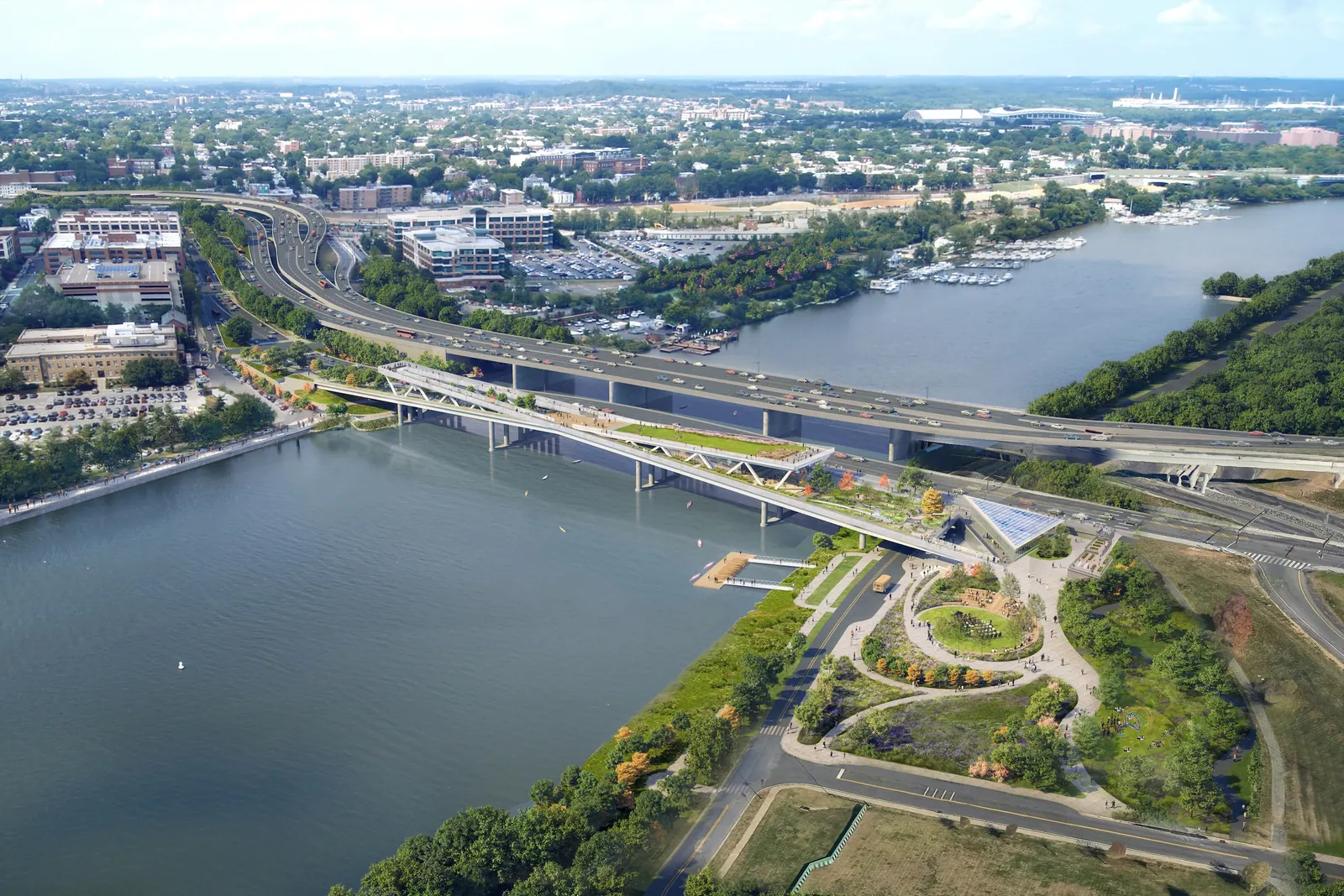
Building community buy-in is essential, but what truly sustains a project is community ownership. Efforts that lack this deeper level of trust and support can quickly fall apart. That’s why we wanted every neighbor to see themselves reflected in the project.
Communication needs to be constant and two-direction.
Public meetings have been central to our work, but they are only part of a broader commitment to simply being there for people.
Over the years, we’ve led walking tours on the old bridge, hosted neighborhood gatherings and shown up wherever residents were, whether at schools, churches or local events. We’ve hosted community celebrations like the Anacostia River Festival and even launched a mobile kiosk that popped up across the city to support local businesses while giving neighbors another chance to connect with the project team.
That kind of presence matters. People always know where to find us, and they know their input won’t vanish into a black hole.
Close the loop with advocacy.
Our team doesn’t just listen to the community. We translate what we hear into advocacy for tenant rights, workforce trainings and health investments to show residents their voices directly shape policy and outcomes, not just the park’s design.
A big part of this has been tackling fears of displacement head-on and giving residents the tools to stay rooted in their neighborhoods during all-time high development activity. For example, we helped establish the Douglass Community Land Trust, which now stewards over 230 affordable homes with a goal of 1,000 by 2030, and initiatives like our East of the River Homebuyers Club, which has helped 182 families in Southeast D.C. purchase their first homes.
In our community, staying rooted where families have lived for generations is a priority. In yours, it may be something different. But these early wins show that community input isn’t confined to a single project. It’s part of a broader movement producing tangible results.
Commentary is a space for state and local government leaders to share best practices that provide value to their peers. Email Smart Cities Dive to submit a piece for consideration, and view past commentaries here.


